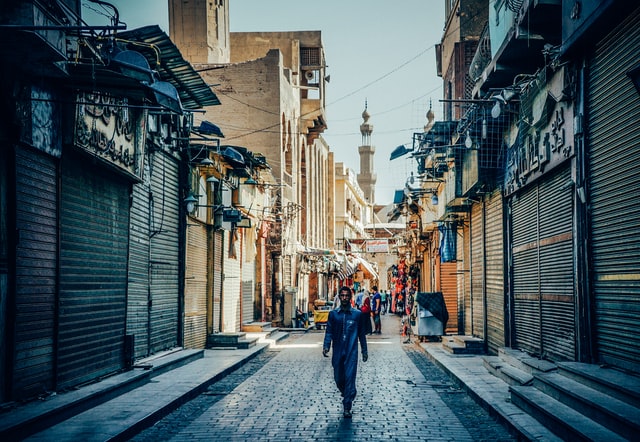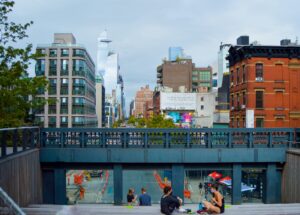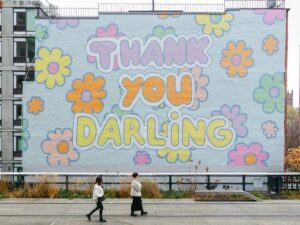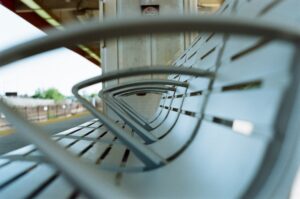Cairo Is Changing from the Ground Up
Downtown Cairo couldn’t function without Tahrir Square. Streets pour into the dilapidated roundabout from virtually every direction in the city. It is ringed with buildings of historic and cultural importance, from the soft reddish façade of the Egyptian Museum on one side to the imposing Mogamma, the Egyptian state building and hub of Cairo’s bureaucracy, on the other.
But it is not just the physical qualities that have made Tahrir Square one of the most important public spaces in Egypt. It is the collection of people from all sectors of Egyptian society. Gone are the days of the square as a mere roundabout. Now one can find virtually all walks of life protesting, talking or simply milling around. From middle-class suburbanites living in new desert cities surrounding Cairo to young revolutionaries who live in the immediate vicinity, Tahrir feels like a slice of everything the city has to offer on any given day. It is bustling, stifling, oppressive and uplifting all at once.
On protest days, which happen with regular frequency, street vendors sell everything from flags to underwear made in China, while disgruntled Cairenes climb tall street lamps and lead chants against the new regime. Street battles often rage blocks away on the side streets jutting out from the square. It is a fluid, encompassing and electric environment.
Read the full article on Next City
Author Joseph Dana
Recommended by Luisa Bravo











More Stories
Green Riyadh Project
GCDN and Alserkal Advisory Harness the Power of Cultural Districts
Abu Dhabi Public Spaces